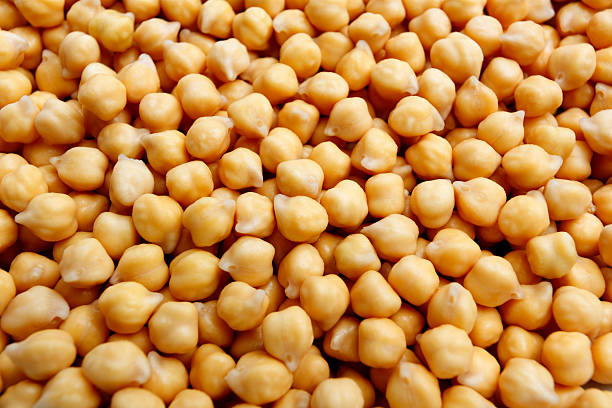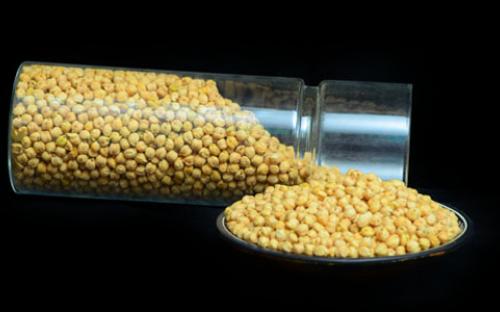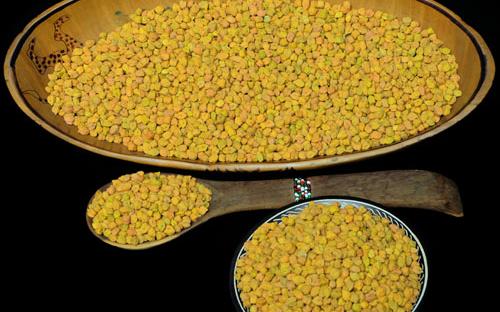Though the origins of chickpeas are debated, Ethiopians like to say that the pulse originated in the Ethiopian highlands, in a town called Desi that bears the same name as the most common variety of the plant. Chickpeas are one of Ethiopia’s most important legume crops, accounting for 17% of total pulse production in the country (second only after fava beans) which amounts to more than 470,000 metric tons, annually.
Ethiopia is the fifth largest chickpea producer in the world and one of its largest exporters. Every year, 120 thousand metric tons of marketable surplus chickpeas are produced. Of this, more than 40% makes its way to international market. The majority of these chickpeas are grown by smallholder farmers who still rely on rain-fed and non-mechanized farming practices.
As the country modernizes its agriculture sector, however, production potential is increasing rapidly with more crops available for export each season. Given Ethiopia’s favorable climate conditions, chickpeas in Ethiopia have two growing seasons, further increasing their production potential.
Currently, there are two types of chickpeas are growing in Ethiopia, Desi and Kabuli.
The Desi variety, known for its small bean size and dark color, is grown across Ethiopia’s northern and central highlands and accounts for 90% of total chickpea production in the country. Kabuli chickpeas, which are lighter in color and larger in size than their Desi cousins, are grown in Ethiopia’s central midlands, adjacent to the Rift Valley, and make up for 10% of overall production.
|
Chick Peas |
|
|
Type |
Ethiopian origin |
|
Altitude |
1800-2700 mt |
|
Color |
Yellow |
|
Food content |
high protein |
|
Purity |
Grade 2 &3 |








